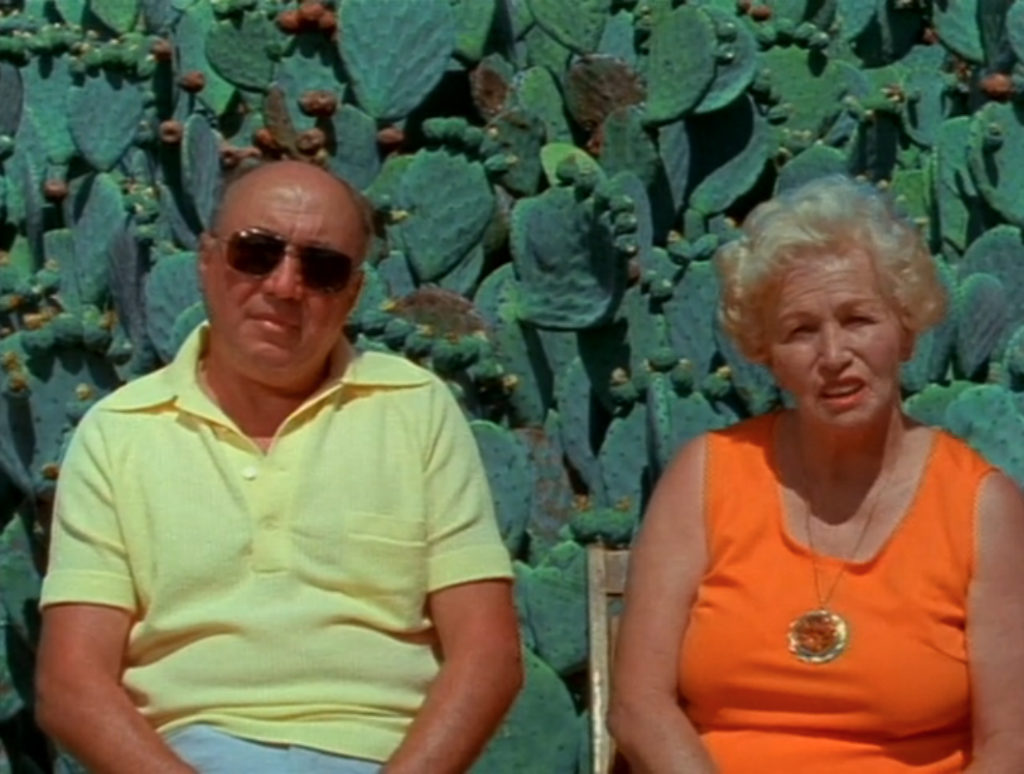
Taking a close look at society and the lives contained within it, one often finds that our reality, in all of its absurdity, reads more like fiction than fact. This is the key to Errol Morris’ first feature Gates Of Heaven (1978). Morris has turned his camera to the world of pet cemeteries; to those who operate them and those who utilize them. In a series of long sit-down interviews, Morris has compiled a fair and even portrait of all of his subjects.
The first half of Gates Of Heaven concentrates on Mac McClure, an idealist whose dream is to give the beloved pets of his community a place to rest in peace who seems like a character from a Richard Linklater film. Between interviewing McClure and his cohorts, Morris cuts to the CEO of the local rendering plant. Each side of this juxtaposition Morris has created stands as the moral opposite of the other. McClure’s cemetery is focused on the spiritual belief of an afterlife with a Capra-esque penchant for compassion. On the other hand, the rendering plant is cold, industrial, and modern. As the juxtaposition plays out, Morris adds another conflict to the audience’s perception of these opposites. It becomes a matter of old fashioned American values (the cemetery) versus contemporary American values (the rendering plant). Though each party of this conflict is allowed equal screen time, the sentimentality of McClure wins out over the audience and successfully guides Gates Of Heaven into its second act.
McClure may have won the hearts of the audience and the pet owners whom he has serviced, but his business has failed. Over four hundred animals are then shipped from his cemetery to that of Cal Harberts’ and his sons. Now the tone of the film changes. The question of animal mortality gives way to human mortality as the Harberts learn the business in preparation of their father’s departure. The footage of the Harberts concerns the dynamics of family during the daily activities and services of their pet cemetery. Nonetheless, Morris has interviewed a dozen or so customers. Each person or persons reflects on the memory of their pet, their thoughts on the afterlife, and their experience at the pet cemetery. Morris intercuts these interviews with the Harberts, making the questions of morality posed by the Harberts as urgent and relevant as the mystical philosophizing of grieving pet owners.
This is the strength of Gates Of Heaven. It never favors one facet of its subject over another. Instead, Morris accepts all of his subjects as equals in importance, in authority and legitimacy. And he is able to do so primarily because he photographs them all the same way, sitting down and addressing the camera directly. The experience of watching this film, so natural and calm in its delivery, is akin to watching a fiction narrative, of having been transported to another world for eighty-two minutes. The clear reality reflected in Gates Of Heaven just isn’t what one anticipates at the cinema, even from a documentary. It’s timeless in both its approach and execution, well worth Werner Herzog eating his shoe.
